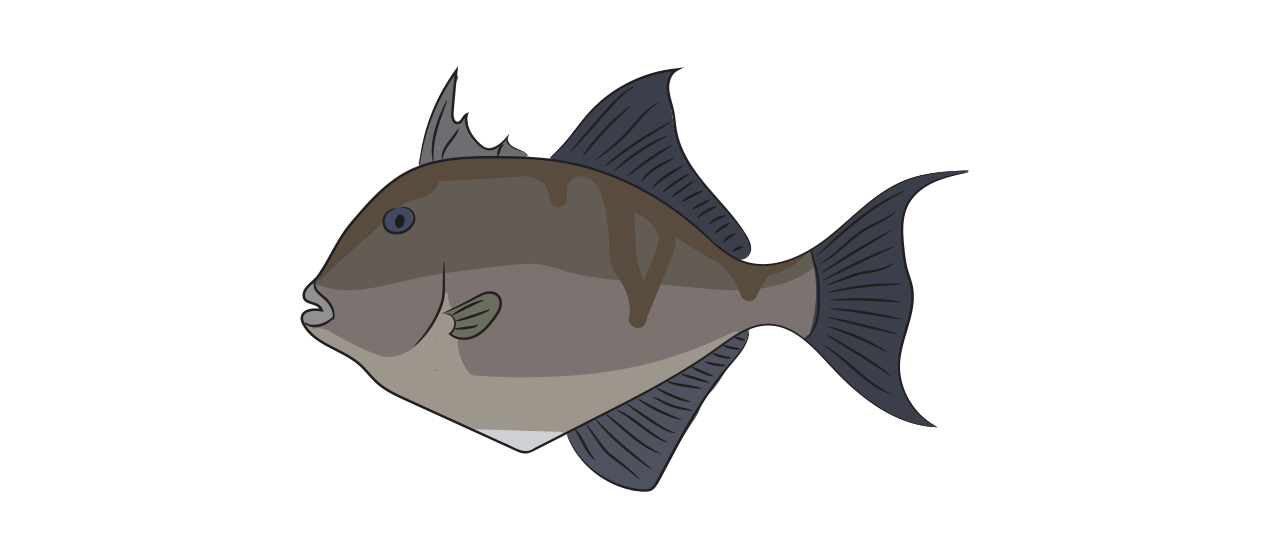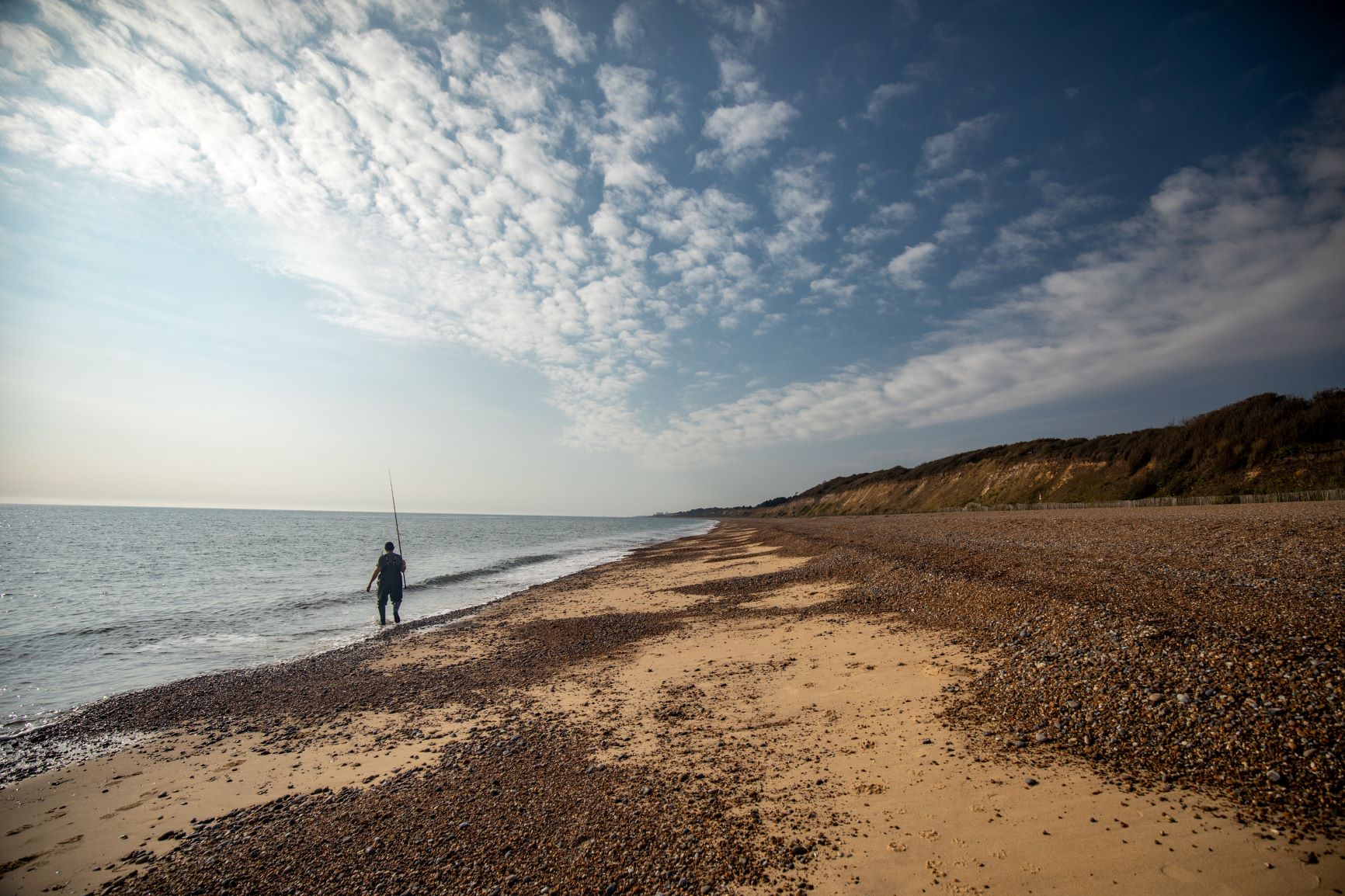Triggerfish| Fish Species Guide | Angling Direct

Triggerfish
aka Balistes capriscus
Getting its name from its spiny dorsal fins, triggerfish are also called grey triggerfish which is a sub-species dominant on UK and European waters. Found primarily in the warmer waters, grey triggerfish favour fairly shallow water up to around 30m deep over stony, broken ground. Also known for its small beak-like mouth which it uses to crack open shellfish, triggerfish are grey, deep-bodied and with leathery skin, and high set eyes.
Triggerfish hunt sand dollars by directing a stream of water to move the sand covering the sand dollars. Triggerfish then pick them up and drop them until the sand dollars land upside down, whereafter the triggerfish will crush the centre of the sand dollar and eat the soft tissue inside.
Stats
Status
Habitat
Under floating weed, coral reefs and shallow water no deeper than 30m.
Bait
Mussels, prawns, peeler crabs, mackerel strips, squid & ragworm.
Native or Invasive
Native
Where
Eastern Atlantic, and in the Mediterranean. they have spread northwards and are present as far north as the Hebrides.
 Catch Experience
Catch Experience
Video
Blog Highlight
Guide to Beach Fishing; Seasons & Tides
Fishing the UK waters from beach or boat is very different to coarse and carp fishing, the environment itself provides several challenges. When sea fishing it is important to consider seasons and tides, the time of year and position of the tide will...
Read More